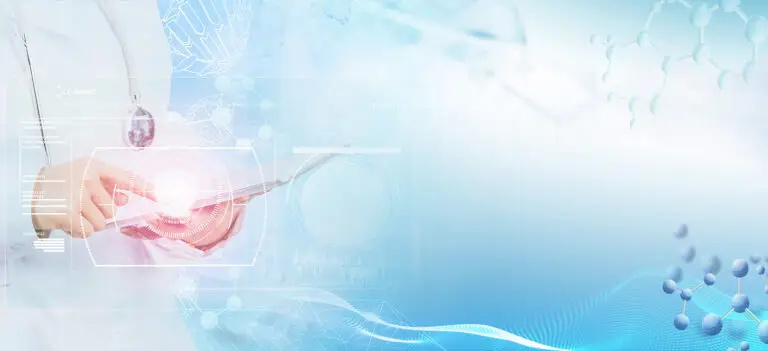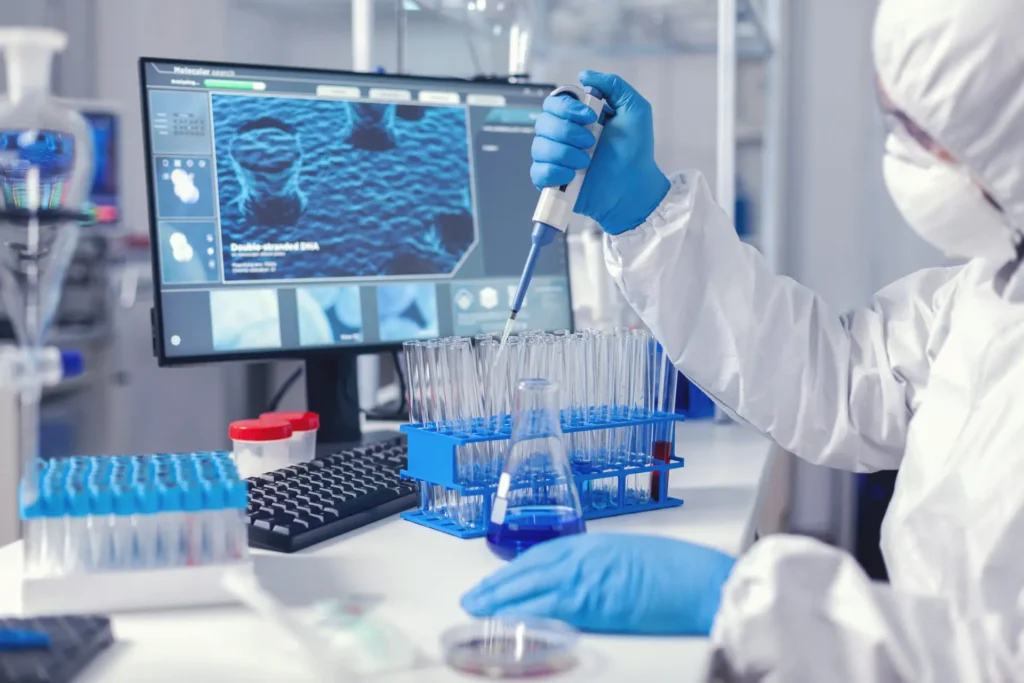
Implantable Ultrasound Device

Implantable Ultrasound Device for Parkinson’s Disease
Parkinson’s Disease and deep brain stimulation (DBS) with ultrasound device
Imagine waking up each day knowing that the tremors and stiffness that have plagued you for years might soon be a thing of the past. For those living with Parkinson’s disease, there is hope thanks to groundbreaking advancements in medical technology.
One such advancement is the development of an innovative ultrasound device for deep brain stimulation (DBS). It’s about a technique traditionally used to control the symptoms of Parkinson’s.
Let’s dive into the details of this exciting new technology and its potential to transform the lives of those with neurological disorders.
Parkinson’s disease is a progressive neurological disorder that primarily affects movement. It is caused by the dysfunction and death of nerve cells in the brain that produce dopamine.
Dopamine is a chemical essential for controlling movement and coordination. When these cells die, dopamine levels drop. This leads to the motor symptoms of Parkinson’s, such as:
- tremors,
- rigidity, and
- difficulty with balance and coordination.
Deep brain stimulation (DBS) has been a game-changer for many people with Parkinson’s. This surgical procedure involves implanting electrodes into specific areas of the brain.
These electrodes deliver high-frequency electrical impulses that help regulate abnormal brain activity. Thereby, they reduce symptoms.
However, while DBS can be highly effective, it’s not without its challenges. The implanted electrodes are vulnerable to corrosion, and scar tissue can form around the implant over time. The electrical impulses might disrupt and reduce the therapy’s effectiveness.
Ultrasound Innovation: ImPULS
Now, let’s talk about ImPULS. What is ImPULS? It is an implantable device.
Unlike traditional DBS devices that rely on electrical impulses, ImPULS uses ultrasound to stimulate neurons. This difference might seem small, but it has significant implications for the safety and effectiveness of the treatment.
The ImPULS device consists of a thin fiber, thinner than a human hair, that vibrates to generate ultrasound waves. When this fiber is in contact with brain tissue, the ultrasound waves stimulate the neurons without the risks associated with electrical stimulation.
Because the device is minimally invasive and designed to avoid damaging blood vessels, it offers a safer alternative to traditional DBS.
The Science Behind Ultrasound Stimulation
You might be wondering how ultrasound devices can be used to stimulate neurons. It all comes down to the way ultrasound waves interact with brain tissue.
When the ImPULS device generates these waves, they create tiny mechanical vibrations that can activate neurons. This stimulation method is less likely to cause damage to the surrounding tissue, On the contrary, it makes it a more precise and gentle option than electrical impulses.
In preclinical studies involving mice, the ImPULS device successfully activated dopamine-producing nerve cells. This is a crucial finding because it demonstrates that ultrasound stimulation can effectively target the cells affected by Parkinson’s disease.

The researchers behind ImPULS are now working to refine the technology and expand its applications beyond animal models, aiming to make it suitable for human use.
Potential Benefits of ImPULS
The ImPULS device offers several potential benefits over traditional DBS. Here are a few reasons why this technology is so promising:
- Reduced Risk of Complications Since ImPULS uses ultrasound instead of electrical impulses, there”s less risk of the device corroding or causing scar tissue to form around the implant. This could lead to longer-lasting and more reliable treatment outcomes.
- Minimally Invasive The thin fiber used in the ImPULS device is less invasive than traditional electrodes, reducing the risk of damage to blood vessels and other delicate brain structures during implantation
- Precision’s Ultrasound waves can be more precisely targeted to specific areas of the brain, potentially leading to more effective symptom control with fewer side effects.
- Scalability While the current studies have been conducted in mice, the researchers are optimistic that the technology can be scaled up for use in humans. This means that, with further research and development, ImPULS could become a viable treatment option for people with Parkinson’s and other neurological disorders.
Real-World Impact: A Look at Preclinical Studies
To understand the real-world impact of ImPULS, let’s take a closer look at the preclinical studies conducted so far.
In one study involving rat brain cells, researchers found that high-frequency electrical stimulation (a key component of traditional DBS) could reduce the levels of alpha-synuclein.
This is a protein that clumps together in the brains of people with Parkinson’s. These clumps are thought to contribute to the disease’s progression.
This study suggests that DBS might have neuroprotective effects in addition to its ability to reduce symptoms. If ImPULS can replicate or even enhance these effects using ultrasound, it could offer a new way to slow the progression of Parkinson’s disease, not just manage its symptoms.
Another preclinical study involving mice demonstrated that ultrasound stimulation could activate dopamine-producing neurons. This finding is significant because it shows that the ImPULS device can target the specific cells affected by Parkinson’s, potentially leading to more effective treatment outcomes.

Looking Ahead: The Future of ImPULS
- Clinical Trials : The next step for the researchers behind ImPULS is to conduct clinical trials in humans. These trials will be crucial for determining the safety and effectiveness of the device in real-world settings. If successful, ImPULS could become a standard treatment option for people with Parkinson’s disease.
- Expanded Applications: While the current focus is on Parkinso’s disease, the technology behind ImPULS could be adapted for other neurological disorders. Conditions like epilepsy, depression, and chronic pain could potentially be treated with ultrasound stimulation, opening up new avenues for research and treatment.
- Personalized Treatment: One of the most exciting aspects of ImPULS is its potential for personalized treatment. Because ultrasound waves can be precisely targeted, doctors could tailor the stimulation to each patient’s unique brain structure and symptoms. This will lead to more effective and individualized care.
- Non-Invasive Options: In the future, researchers might develop non-invasive ultrasound devices that can stimulate neurons without the need for surgery. This would make the technology accessible to a broader range of patients. And reduce the risks associated with invasive procedures.
Conclusion: A New Era in Parkinson’s Treatment
The development of the ImPULS ultrasound device marks a significant milestone in the quest to find better treatments for Parkinson’s disease. Not only for PD but also for other neurological disorders. ImPULS offers a safer, more precise, and potentially more effective alternative to traditional deep brain stimulation. ImPULS has the potential to transform the lives of millions of people worldwide, and to improve their quality of life.
As research continues and technology advances, we can look forward to a better future. A future where Parkinson’s disease is not only manageable but also less debilitating. For those living with this challenging condition, the promise of ImPULS brings renewed hope.
In the meantime, staying informed about the latest developments in Parkinson’s research and treatment is crucial. By keeping up with the latest news and breakthroughs, patients and their families can make informed decisions.
The efforts of the innovators, researchers, and brave individuals participating in clinical trials are paving the way for a better future. The dream of a world without Parkinson’s disease may one day become a reality and people with Parkinson’s will enjoy a wonderful quality of life.
 Blogarama - Blog Directory
Blogarama - Blog Directory